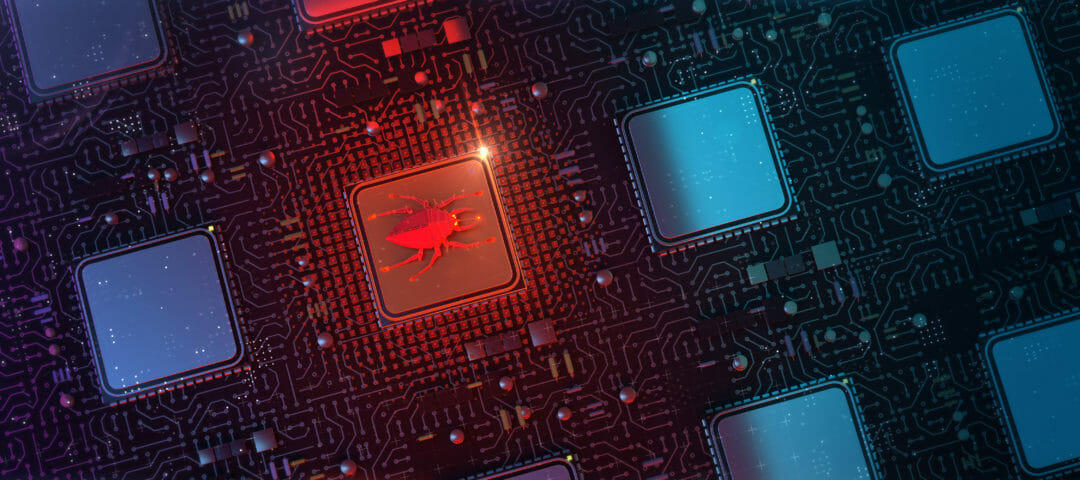Introduction to Huawei’s AI Breakthrough
Chinese tech giant Huawei has made a bold move that could potentially change who leads the global AI chip race. The company has unveiled a powerful new computing system called the CloudMatrix 384 Supernode that, according to local media reports, performs better than similar technology from American chip leader Nvidia.
Performance Claims and Implications
If the performance claims prove accurate, the AI hardware breakthrough might reshape the technology landscape at a time when AI development is continuing worldwide, and despite US efforts to limit China’s access to advanced technology. The CloudMatrix 384 Supernode is described as a “nuclear-level product,” according to reports from STAR Market Daily cited by the South China Morning Post (SCMP). The hardware achieves an impressive 300 petaflops of computing power, in excess of the 180 petaflops delivered by Nvidia’s NVL72 system.
Challenging Nvidia’s Hardware Dominance
The CloudMatrix 384 Supernode was specifically engineered to address the computing bottlenecks that have become increasingly problematic as artificial intelligence models continue to grow in size and complexity. The system is designed to compete directly with Nvidia’s offerings, which have dominated the global market for AI accelerator hardware thus far. Huawei’s CloudMatrix infrastructure was first unveiled in September 2024, and was developed specifically to meet surging demand in China’s domestic market.
Technical Specifications and Capabilities
The 384 Supernode variant represents the most powerful implementation of AI architecture to date, with reports indicating it can achieve a throughput of 1,920 tokens per second and maintain high levels of accuracy, reportedly matching the performance of Nvidia’s H100 chips, but using Chinese-made components instead. The core technological advancement enabling the CloudMatrix 384’s performance appears to be Huawei’s answer to Nvidia’s NVLink – a high-speed interconnect technology that allows multiple GPUs to communicate efficiently.
Developing Under Sanctions
What makes the AI hardware breakthrough particularly significant is that it has been achieved despite the severe technological restrictions Huawei has faced since being placed on the US Entity List. Sanctions have limited the company’s access to advanced US semiconductor technology and design software, forcing Huawei to develop alternative approaches and rely on domestic supply chains.
Broader Implications for China’s AI Infrastructure
The AI hardware breakthrough from Huawei doesn’t exist in isolation but rather represents part of a broader push by Chinese technology companies to build domestic AI computing infrastructure. In February, e-commerce giant Alibaba Group announced a massive 380 billion yuan ($52.4 billion) investment in computing resources and AI infrastructure over three years – the largest-ever investment by a private Chinese company in a computing project.
Impact on the Global AI Community
For the global AI community, the emergence of viable alternatives to Nvidia’s hardware could eventually address the computing bottlenecks that have limited AI advancement. Competition in this space could potentially increase available computing capacity and provide developers with more options for training and deploying their models. However, it’s worth noting that as of the report’s publication, Huawei had not yet responded to requests for comment on these claims.
Conclusion
As tensions between the US and China continue to intensify in the technology sector, Huawei’s CloudMatrix 384 Supernode represents a significant development in China’s pursuit of technological self-sufficiency. If the performance claims are verified, this AI hardware breakthrough would mean Huawei has achieved computing independence in this niche, despite facing extensive sanctions. The development also signals a broader trend in China’s technology sector, with multiple domestic companies intensifying their investments in AI infrastructure to capitalize on growing demand and promote the adoption of homegrown chips.
FAQs
- Q: What is the CloudMatrix 384 Supernode?
A: The CloudMatrix 384 Supernode is a powerful new computing system unveiled by Huawei, designed to address computing bottlenecks in artificial intelligence models. - Q: How does the CloudMatrix 384 Supernode perform compared to Nvidia’s technology?
A: According to reports, the CloudMatrix 384 Supernode achieves 300 petaflops of computing power, exceeding the 180 petaflops delivered by Nvidia’s NVL72 system. - Q: What are the implications of Huawei’s AI hardware breakthrough?
A: The breakthrough could reshape the technology landscape, provide viable alternatives to Nvidia’s hardware, and increase available computing capacity for the global AI community. - Q: How has Huawei achieved this breakthrough under US sanctions?
A: Huawei has developed alternative approaches and relied on domestic supply chains to circumvent the limitations imposed by US sanctions on advanced semiconductor technology and design software.











